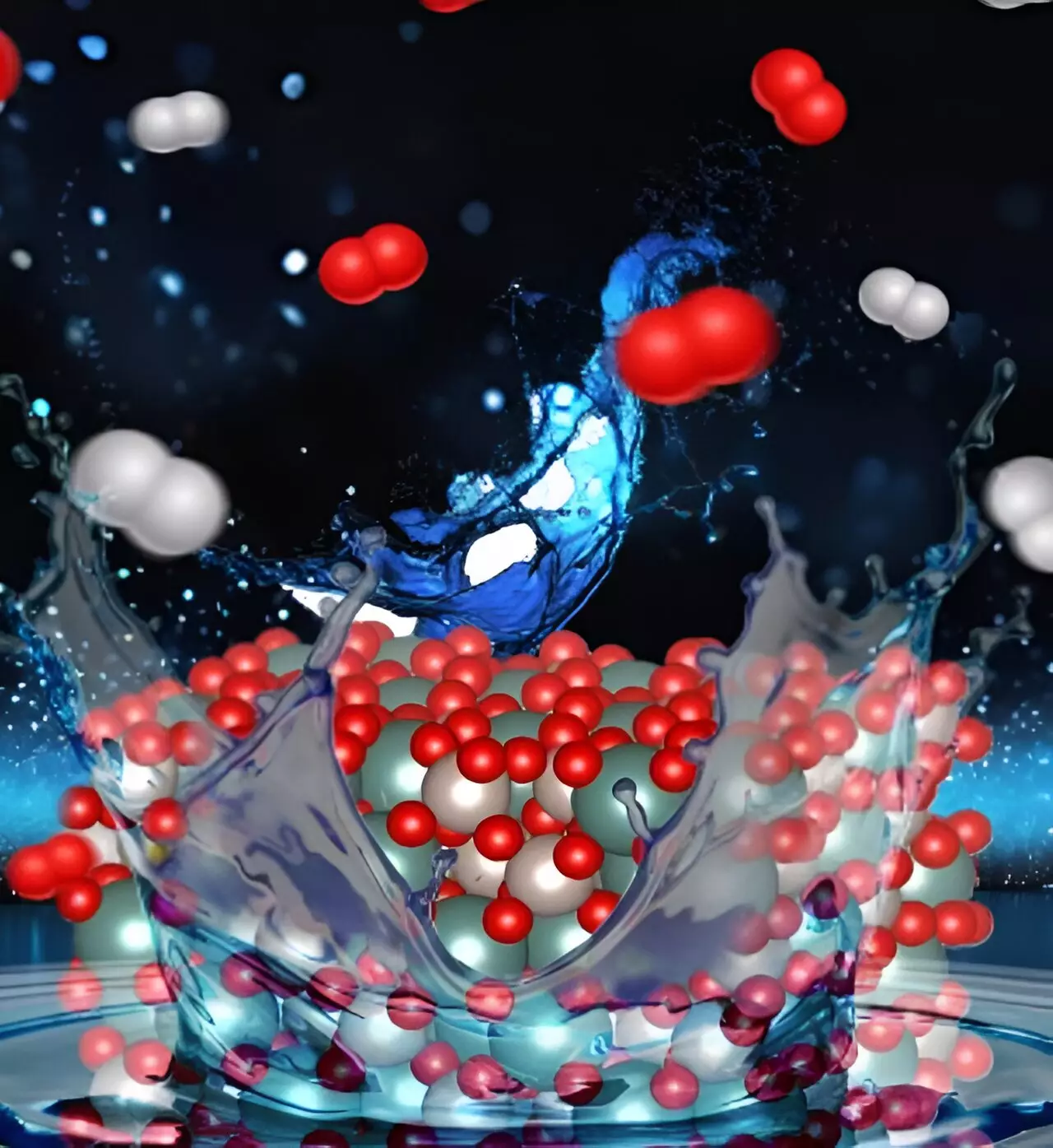The quest for renewable energy has taken on new urgency as the world grapples with climate change and energy dependence. Among the many promising avenues being pursued, green hydrogen stands out as a key player for future energy solutions. Produced from water using renewable resources like solar and wind power, green hydrogen could potentially lead to significant reductions in carbon dioxide emissions. The U.S. Department of Energy has set ambitious targets, aiming for net-zero emissions, and the advancements in green hydrogen technology could be instrumental in achieving these goals.
The breakthroughs in hydrogen production are not just abstract concepts; they represent a strategic pivot toward sustainable energy systems that could reshape how we power our infrastructure, vehicles, and industries. The innovative technologies evolving in this space signal a future where clean energy is not just a dream, but a mainstream reality.
Defect Engineering: The Catalyst for Change
Recent research has illuminated a novel approach to enhancing hydrogen production efficiency, specifically focusing on a method known as defect engineering. This interdisciplinary study, published in the Journal of the American Chemical Society, demonstrates a transformative approach to aptly manipulate catalytic materials. By engineering defects within a catalyst’s structure, researchers have significantly amplified its effectiveness in splitting the hydrogen-oxygen bond in water, a critical step in the electrolysis process.
The catalyst in question is a complex oxide material with a pyrochlore mineral structure, anchored by ruthenium. Unlike traditional methods that aim for undisturbed perfection, this innovative approach leverages controlled imperfections to enhance performance. Such a paradigm shift could elevate hydrogen production rates to levels previously deemed unattainable, ensuring that we do not just chase efficiency but achieve it on an industrial scale.
The Electrolyzer Breakthrough
At the heart of hydrogen production lies the proton exchange membrane electrolyzer. This device converts electrical energy into chemical energy by splitting water molecules into hydrogen and oxygen at two electrodes. The challenge remains the imbalance in reaction rates: while hydrogen evolves quickly, oxygen production lags, limiting overall efficiency.
The research team, led by Professor Hong Yang, tackled this imbalance head-on. They engineered a new electrocatalyst designed to accelerate oxygen generation. By partially substituting ruthenium with yttrium, they discovered a remarkable increase in the catalyst’s activity. This advancement signals a new horizon where we not only produce green hydrogen but do so in a powerfully efficient manner, unlocking the potential for mass-scale production.
Understanding the Mechanism Through Collaboration
A critical component of the study was its multidisciplinary nature, as the diverse expertise of the team played a pivotal role in overcoming the technical hurdles inherent in material science. The collaborative efforts allowed researchers to delve into the intricate relationship between the catalyst’s composition and its reactivity properties.
Through a combination of experimental techniques, including thermogravimetric analysis, the team precisely quantified how the introduction of yttrium affected the catalyst’s efficiency. Remarkably, they found that the change in performance was not simply due to increasing the concentration of oxygen within the catalyst but rather stemmed from a shift in the oxidation state of the ruthenium.
This nuanced understanding offers a roadmap for forthcoming research endeavors. The findings underscore the importance of precise control over the imperfections within a catalyst, echoing practices seen in semiconductor technology. The success of defect engineering in energy applications demonstrates that attention to minute details can yield disproportionately large advancements.
The Outlook for Hydrogen Economy
As we look to the future, the implications of these discoveries could be monumental. With enhanced electrolysis processes, the production of green hydrogen could soon become compelling for industries longing to pivot away from carbon-intensive methods. The scalability of these advanced technologies could lead to widespread adoption of green hydrogen as a clean fuel alternative.
Furthermore, this research illuminates a path forward not just for hydrogen fuel production but for innovation across renewable energy technologies. By marrying advanced materials science with energy applications, there is potential for radical transformations in how we generate and store energy. As these breakthroughs gain traction, the vision for a sustainable energy future may soon become our reality, with green hydrogen leading the charge.
The intersection of chemistry, engineering, and sustainability in this study presents an exhilarating glimpse of what collaborative efforts in science can achieve. The journey toward renewable energy might be fraught with challenges, yet breakthroughs like these signal a promising horizon where technology meets environmental consciousness, pushing us closer to a greener planet.


Leave a Reply